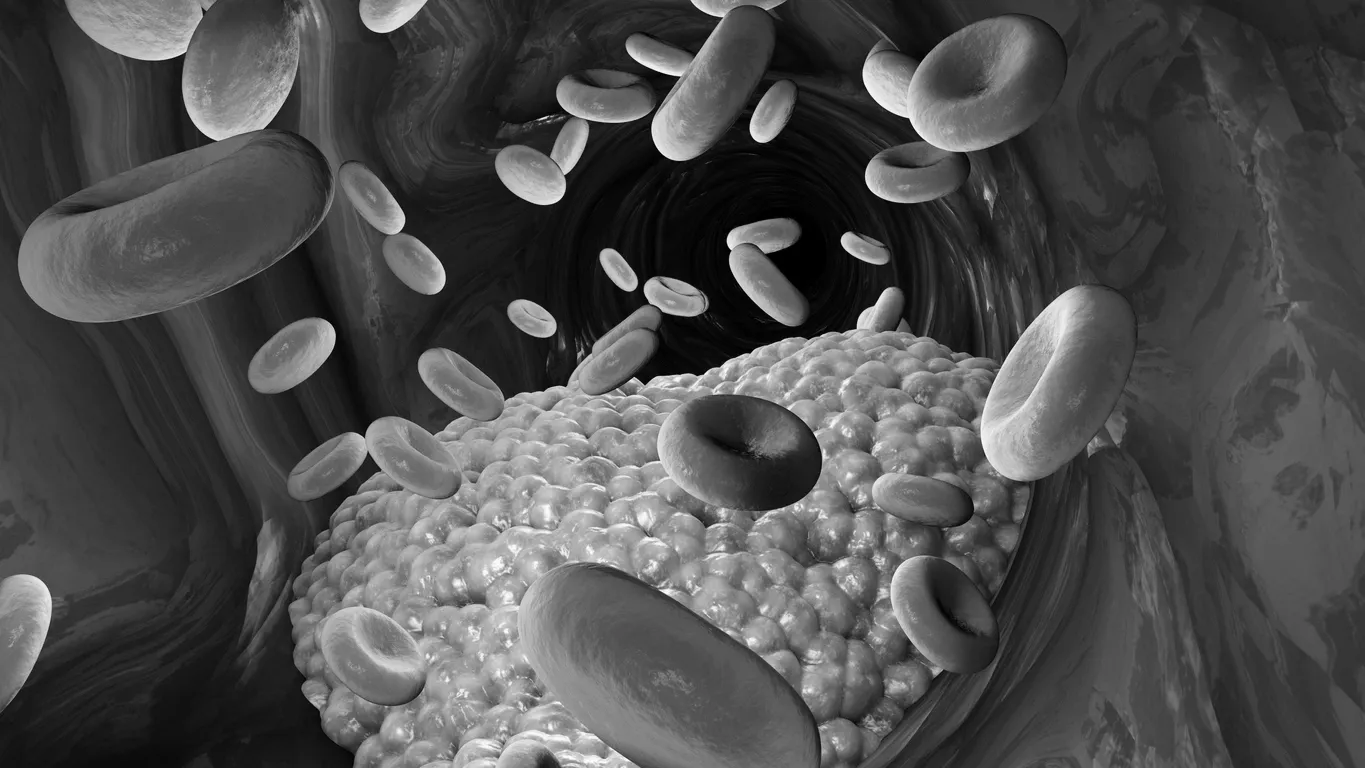
Center for Reproduction, Metabolism and Molecular medicine (CeRM)
At the centre, we conduct broad research across several areas with the aim of developing new treatments for common public health diseases such as overweight/obesity, diabetes, lipid disorders, infertility, and neurodegenerative conditions. The centre consists of several independent research groups distributed across six units, each running its own projects but engaging in extensive collaboration.
Menu for this area
 Photo: Aleido
Photo: AleidoANOVA
ANOVA is an academic specialist center for clinical evaluation and treatment based on scientific principles in the fields of andrology, sexual medicine, and trans medicine. The center belongs to Karolinska University Hospital but also conducts research in a variety of areas in collaboration with, among others, the Department of Medicine, Huddinge, at Karolinska Institutet.
 Photo: N/A
Photo: N/ACardio Metabolic Unit (CMU)
The CMU is a constellation of researchers from the Department of Medicine Huddinge, and the Department of Laboratory Medicine dedicated to advancing the prevention, diagnosis, and treatment of cardiometabolic diseases, including dyslipidemia, atherosclerosis, diabetes, and metabolic-associated fatty liver disease.
